Nerdy stuff ahead. The cameras located inside the cockpit in Top Gun: Maverick, captured a relatively inferior format compared to the rest of the film. That format is called XAVC Class 480 compared to the rest of the movie that was shot on X-OCN ST which is a kind of a compressed raw. Both were captured on Soy VENICE (original). What does it mean? Expect lower-quality imagery in the cockpit shots. Nevertheless, it is still an IMAX-worthy.
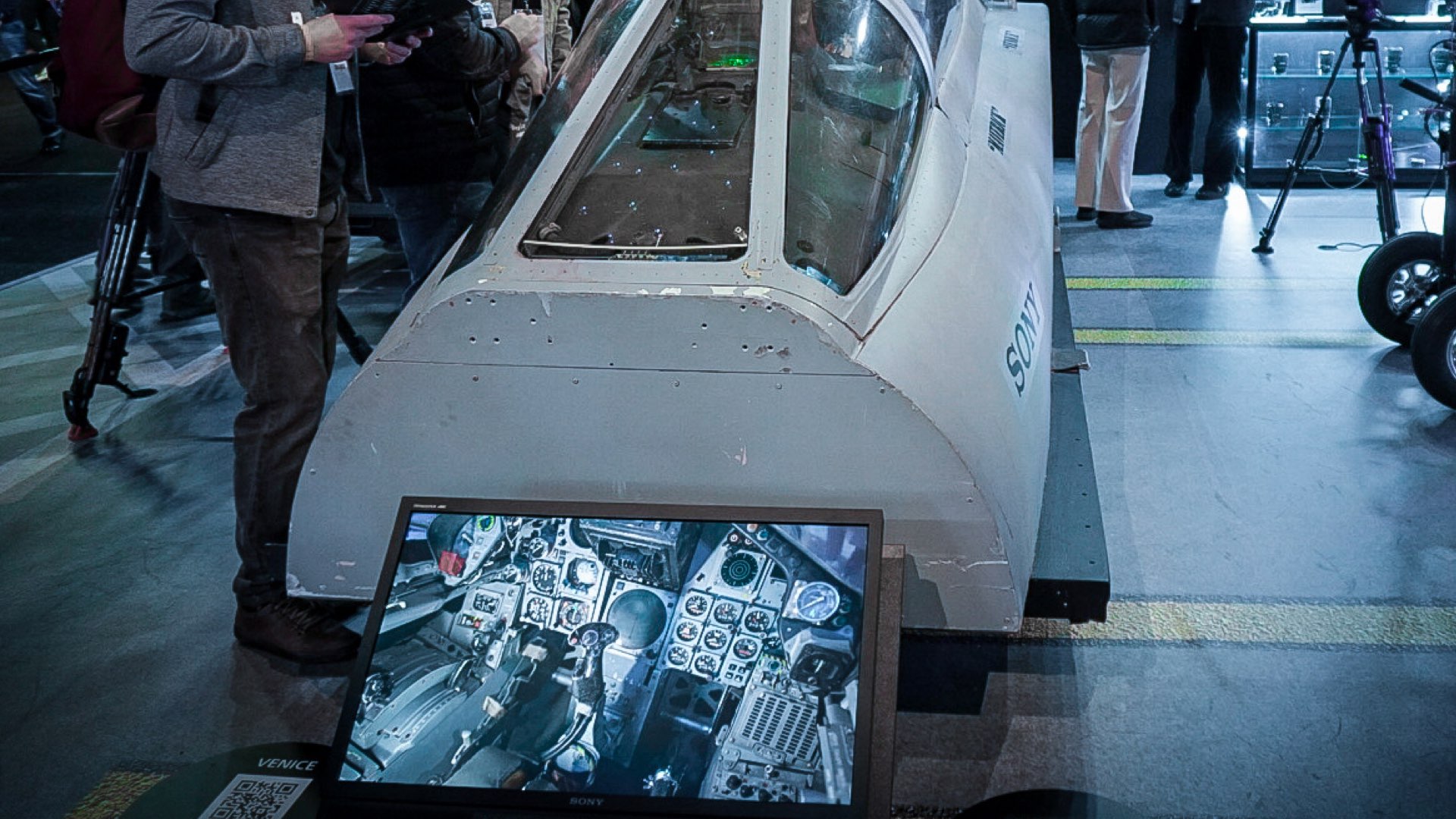
Top Gun: Maverick as a pioneer in cinematography techniques
We’ve been drilling about this too much. However, it is pretty exciting stuff, as moviegoers were absolutely amazed by the footage they saw. At this stage, we all know that Top Gun: Maverick can be defined as a pioneer in its cinematography techniques by implementing cinema cameras inside the cockpit. But let’s talk about the format that was captured and why it is inferior compared to the main format (codec) of the rest of the movie.
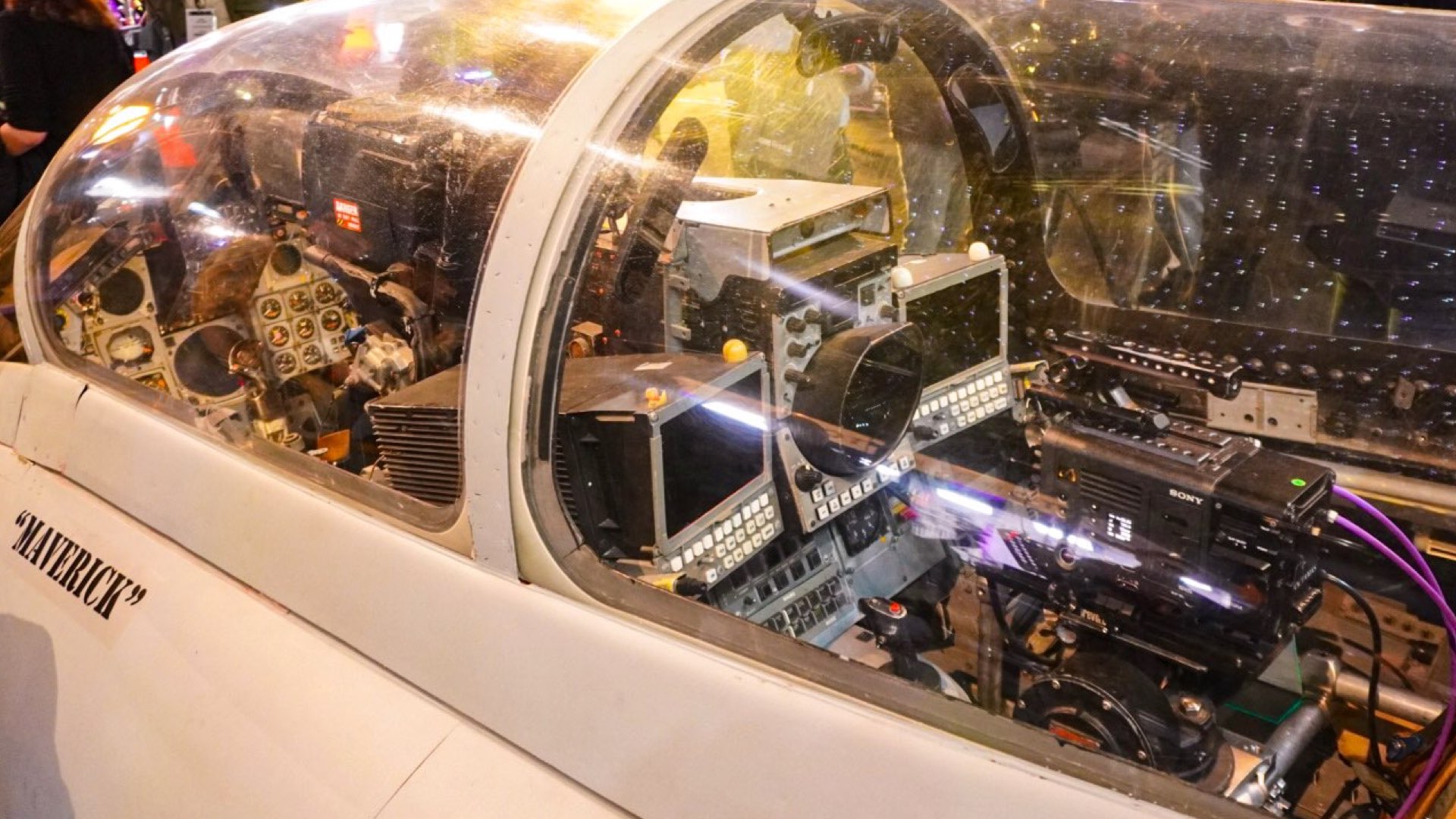
Shooting inside a fighter jet’s cockpit
The Sony VENICE sensors implemented inside the cockpit were detached from the main body by the Rialto Camera Extension System which enables you to remove the sensor block and extend it up to 18′ away from the camera body with no loss of image quality. As we know, there were four cameras inside the jet pointing to different angles paired with different lenses in order to capture a diversity of footage. However, these cameras captured an inferior codec (compared to the main codec) called 4K XAVC Class 480. The main codec of the film is Sony VENICE’s X-OCN 6K. Hence, the inside cockpit shots were captured in 4K.
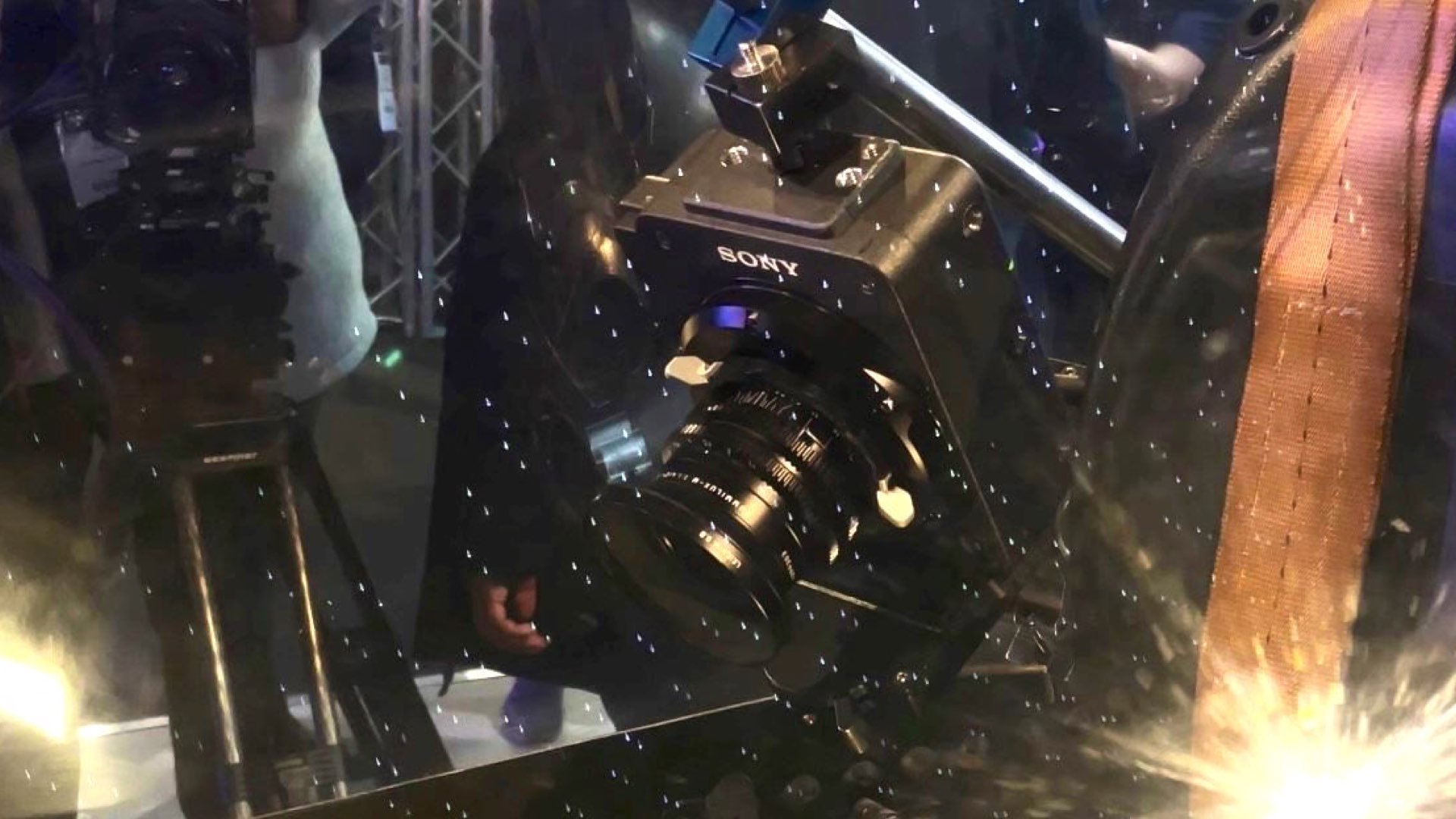
4K XAVC Class 480
The production didn’t manage to shoot 6K X-OCN in the cameras in the jets because it wasn’t enough room in the jets for the raw recorders (needed to capture the compressed raw format). The aerial Director of Photography David B. Nowell, ASC, who was the aerial camera operator on Top Gun (1986) has decided to shoot 4K XAVC Class 480 to SxS cards. Note that Top Gun Maverick was shot on the original VENICE which, as opposed to VENICE 2, does not record X-OCN internally. Therefore, the options were limited due to the tight space. It’s intriguing to think about the possibility that the VENICE 2 would manage to capture X-OCN inside the cockpit and thus gets better imagery (The VENICE 2 no longer requires the use of the AXS-R7 external recorder to be able to record X-OCN ST/LT or XT files. This is now all done internally to the camera’s dual AXS slots). Furthermore, the lenses were small as well (Voightlander, Zeiss Loxia, and Sony G lenses).

Does it really matter?
If you are not familiar with X-OCN, it was introduced in 2016. X-OCN (extended tonal range Original Camera Negative) produces file sizes much smaller than typical camera RAW, but unlike conventional codecs, X-OCN offers 16-bit scene linear encoding, which allows a high degree of freedom in post-production. In addition, X-OCN LT has almost the same data size as XAVC 4K Class 480, which is the codec used inside the fighter jet cockpit in Top Gun: Maverick. Therefore, XAVC 4K Class 480 has a similar bitrate to the LT compression rate of the X-OCN, which is not so bad. Sony claims that the XAVC format provides 4K/HD, 4:4:4/4:2:2/4:2:0, and 12/10/8 bit sampling which can cover a wide range of applications from professional to consumer products, from high-end 4K production through to online streaming and consumer imaging applications. XAVC Class 480 was developed to give an extra boost to picture quality with certain types of scenery. If you do not have an AXS-R5 or AXS-R7 recorder, you can still take advantage of a higher bit rate option for onboard recording. But the big question is: Will this reduction in footage quality be noticeable on an IMAX screen?

Closing thoughts
To sum it up, we have two codecs here. In the cockpit, and outside the cockpit. When watching on IMAX, every small detail is much more noticeable. There’s a chance that we’ll notice a reduction in the quality of the footage inside the cockpit which were captured in XAVC Class 480 that are in lower grade compared to the rest of the film, captured in compressed raw (X-OCN). However, we expect that the XAVC Class 480 footage would have higher intensity combined with a much lower duration (below 20 frames which are less than a second). Thus, most probably we won’t be noticing any difference. Therefore, Top Gun: Maverick is still a (very) IMAX worthy.
Product List
Here’re the products mentioned in the article, and the links to purchase them from authorized dealers.
- Sony VENICE 2 Digital Motion Picture Camera (8K)
- Sony VENICE 2 Digital Motion Picture Camera (6K)




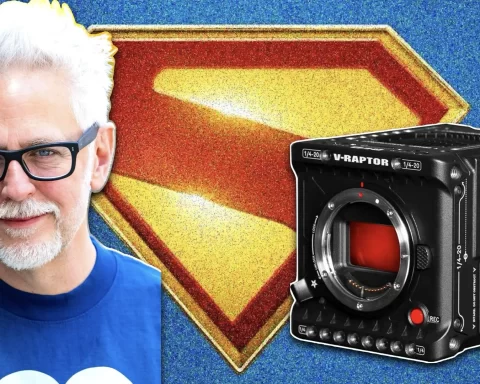

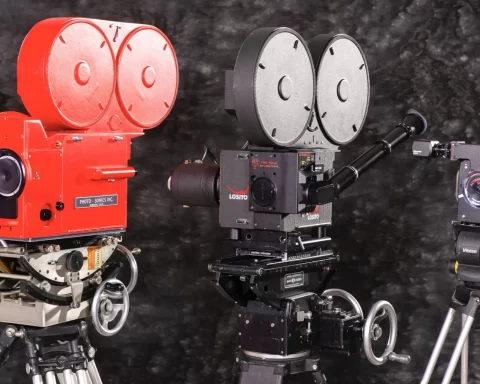
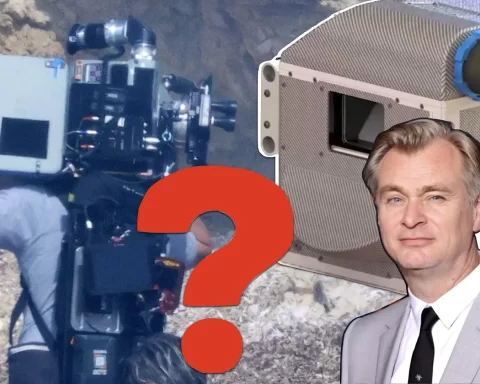



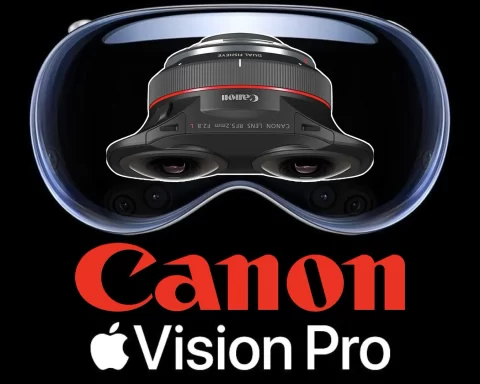
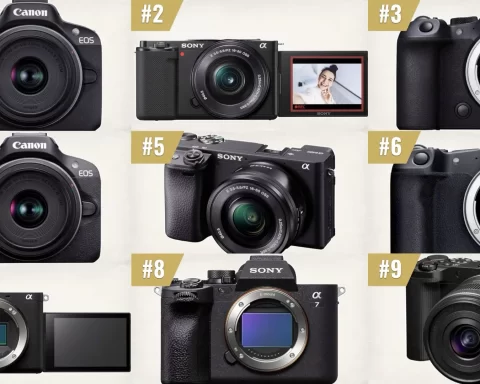


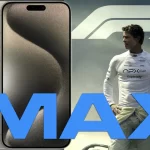
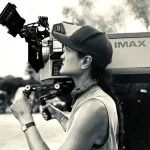
The best experience is provided by the Dolby Cinema screen like the Pathe De Munt in Amsterdam ?
Lol, but who cares when they made all the CGI only in 2K a finish movie in 2K which they distribute to cinemas? My guess is that 4K version is just upscale from 2K. Why shloud I even bother to go to watch 2K blurrines on IMAX screen when original IMAX optical (not nominal) resolution is 8K to 11K. They even dont have such digital projectors yet. 🙈👎Today IMAX is just 2K scam and 3D IMAX is even worse than that. 2K blurry stars in dull gray space were totall disaster in the Gravity flick. 👎👎👎😵
What CGI?
The article does not mention that all these cameras in the cockpit are composited together for a final image. Very silly.
They weren’t composited. They all had their own angle and were used at such. Very silly to point this out when it wasn’t the case at all.